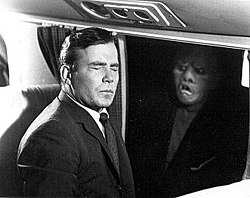So, who has experienced carb ice? How did it present? What were the symptoms? How long did it take to recognize? How long did it take to resolve?
EGT increase? Rough running motor? Decreasing RPM's? Throttle stops working? Plane a little quieter?
Full carb heat or none at all? Don't touch the throttle before pulling heat? Lean mixture with carb heat or leave it alone? Don't use carb heat below x degrees?
Sure, some motors are more known to be associated with the formation of carb ice than others - ie continental over lycoming. Some POH recommend carb ice under certain conditions or at certain periods of flight while others only recommend carb heat when carb ice is suspected. I do not intend to make this a thread about one plane or another; rather a thread about what carb ice does, how to recognize it and insure it is does not become a big problem.
I ask as I (almost) never use carb heat. Never had a problem with it in my little o-320 lancair in the 800 or so hours I have put on it (sure, sure the o-320 is not prone to ice...). One time while climbing out she started running a little rough I used carb heat. Ambient temp was 70 or so on the ground, did run slightly more roughly for 10-15 minutes or so and eventually resolved. Maybe that was carb ice, just dont know.
EGT increase? Rough running motor? Decreasing RPM's? Throttle stops working? Plane a little quieter?
Full carb heat or none at all? Don't touch the throttle before pulling heat? Lean mixture with carb heat or leave it alone? Don't use carb heat below x degrees?
Sure, some motors are more known to be associated with the formation of carb ice than others - ie continental over lycoming. Some POH recommend carb ice under certain conditions or at certain periods of flight while others only recommend carb heat when carb ice is suspected. I do not intend to make this a thread about one plane or another; rather a thread about what carb ice does, how to recognize it and insure it is does not become a big problem.
I ask as I (almost) never use carb heat. Never had a problem with it in my little o-320 lancair in the 800 or so hours I have put on it (sure, sure the o-320 is not prone to ice...). One time while climbing out she started running a little rough I used carb heat. Ambient temp was 70 or so on the ground, did run slightly more roughly for 10-15 minutes or so and eventually resolved. Maybe that was carb ice, just dont know.
Last edited:

